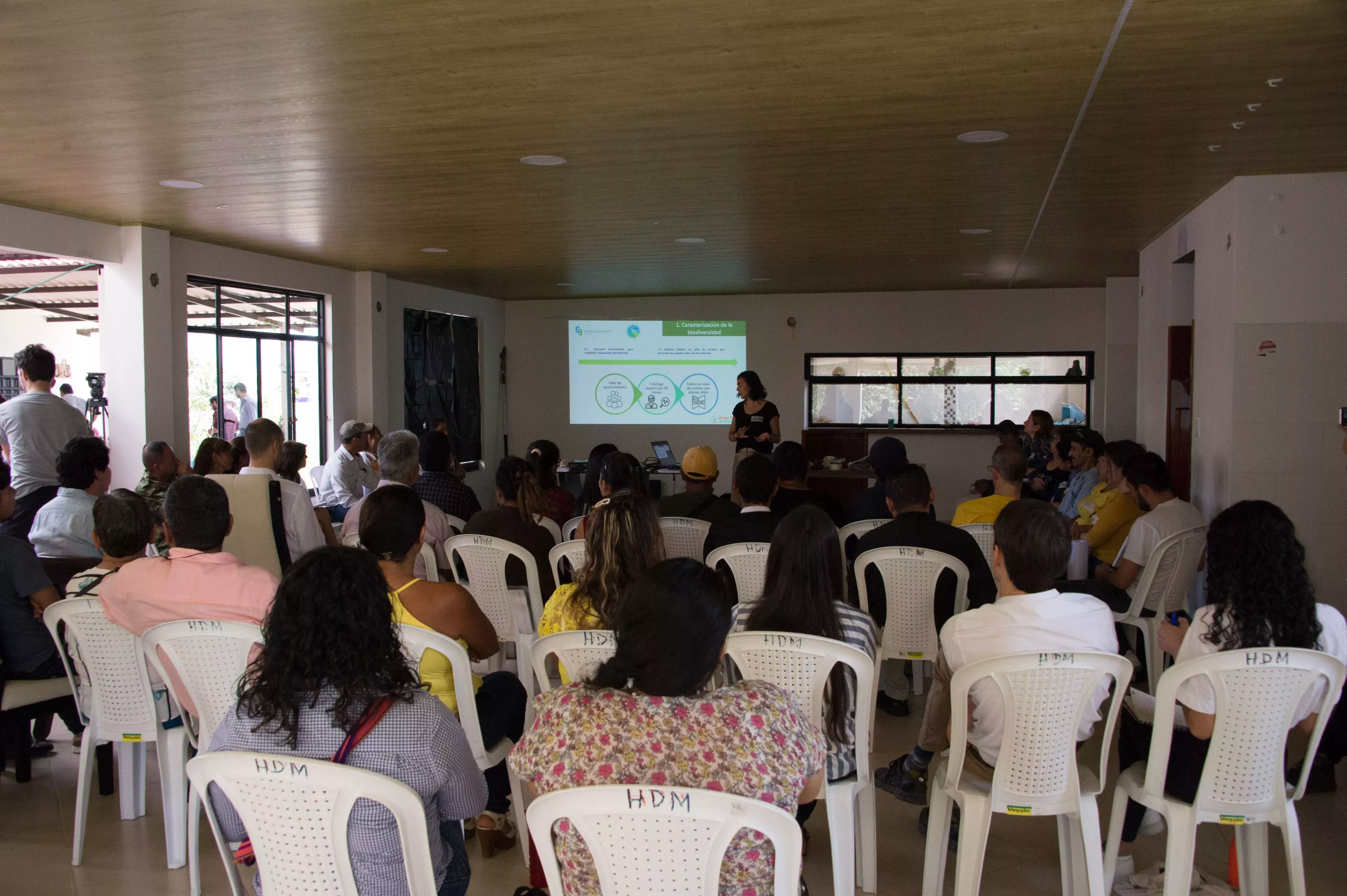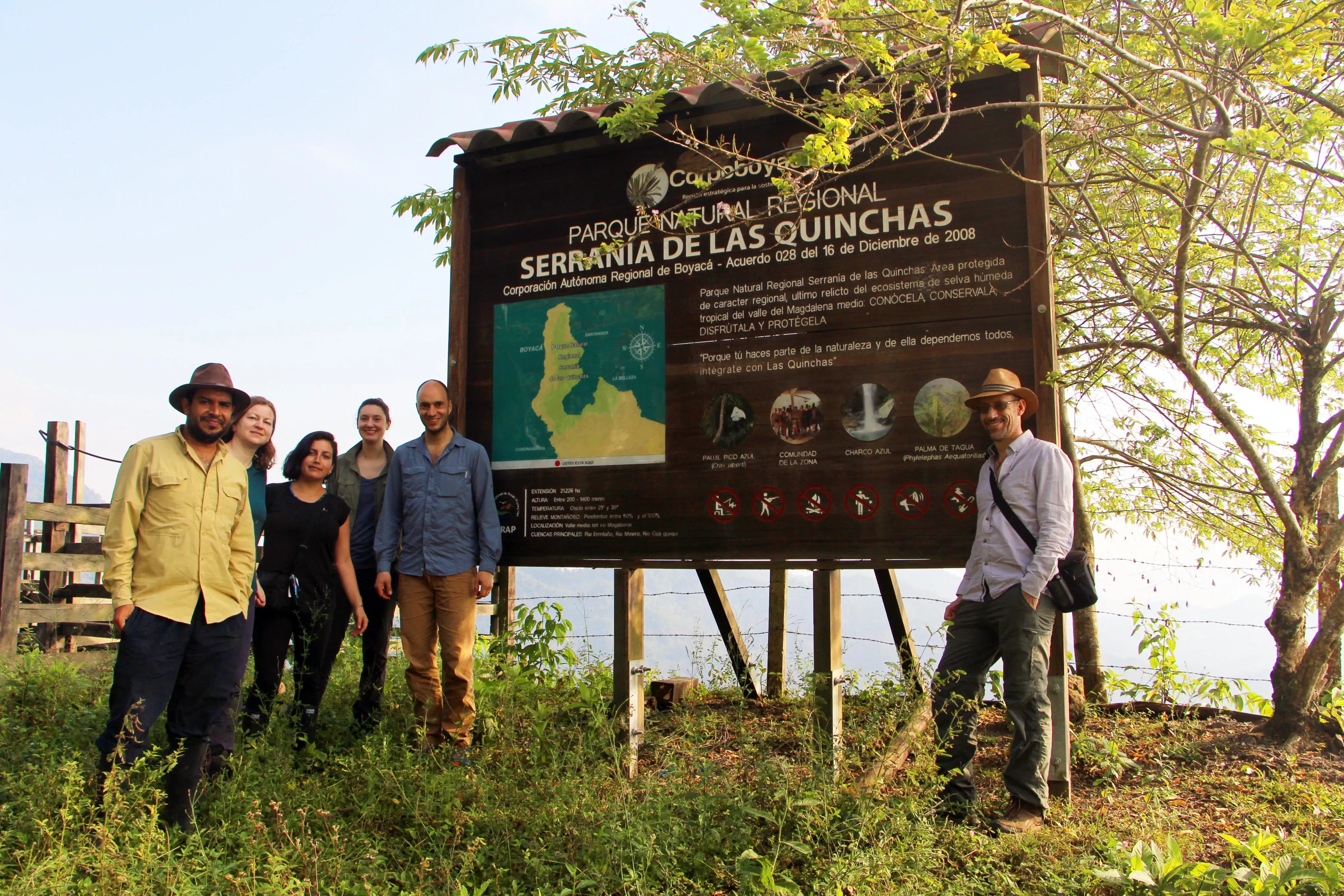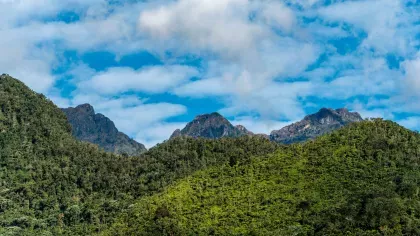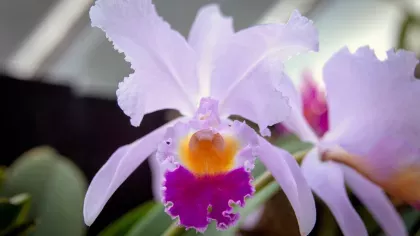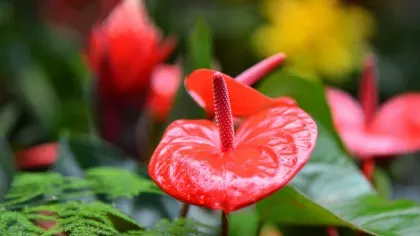22 April 2020
Ecotourism: Colombia's next big destination
Colombia has opened its incredible forests to travellers around the world. In this long read, we explore how conserving the beautiful landscape remains part of this new world.

Ana Yudith is an incredible woman.
Not only can she single-handedly machete a path through solid forest while carrying a large flask of juice, her mobile phone, and a can of mosquito repellent, she also knows the safe uses of most of the plants and trees that grow around her.
She is one of 30 preparing to become one of a new group of eco tourist guides in one of the most remote and formerly dangerous parts of Colombia.
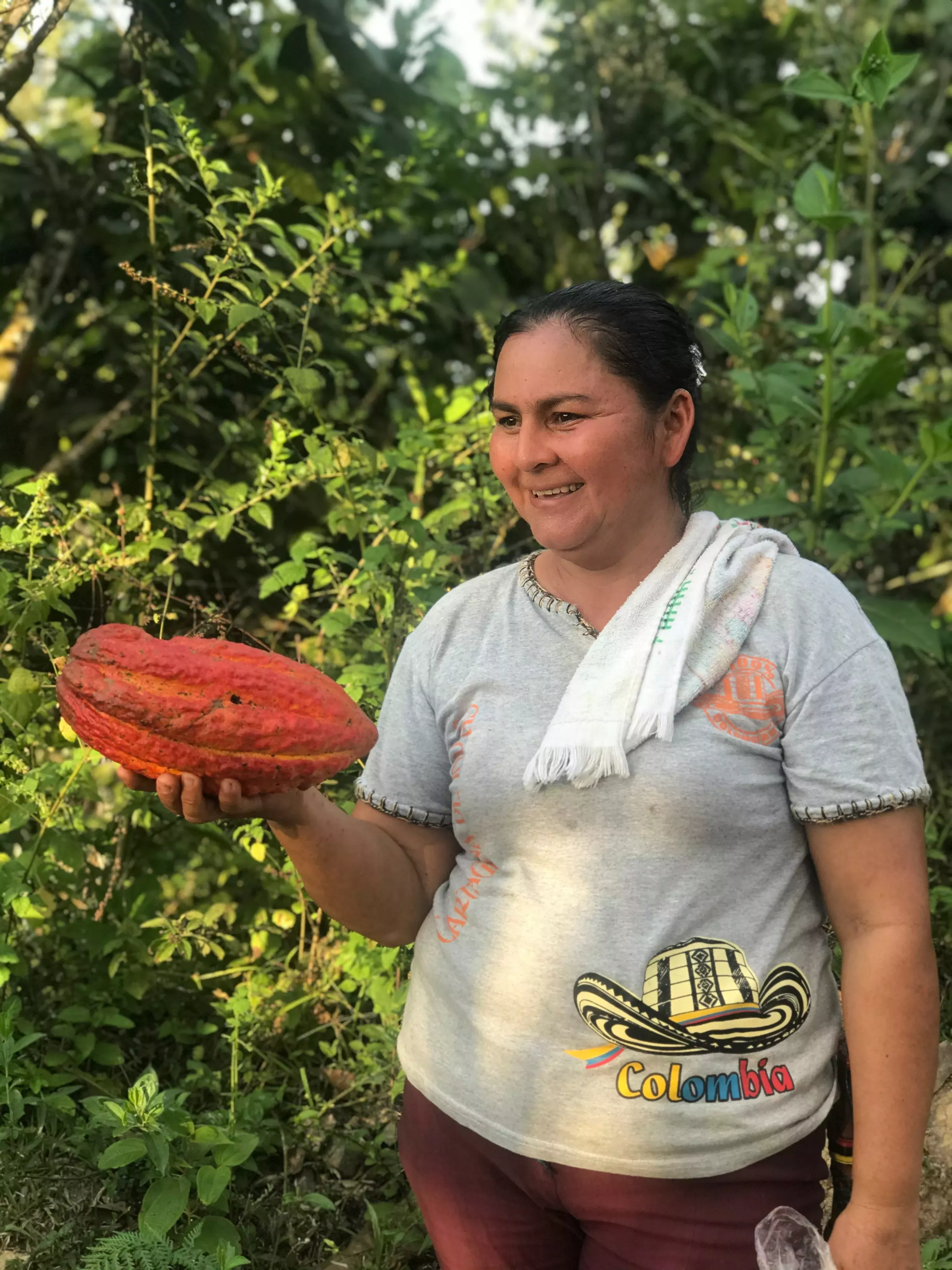
An incredible forest free from fighting
The forests of Colombia were famed for over five decades as the cover for guerrilla groups who roamed largely undetected.
Sheltering from the army under the most biodiverse canopy in the world, the fighters were surrounded by many trees that had never been identified by scientists, using plants that people didn’t know existed for food and health, as well as chopping down what they needed to earn an income from illegal business like coca.
478,000 hectares (1.18 million acres) of forest were lost in the Colombian Amazon in just the three years between 2016 and 2018.
Now the story has changed.
A historic peace deal has allowed the safe passage of scientists into many of these formerly no-go areas, to identify, name and record what they find, so that it can be protected.
It is this which has prompted Kew and Colombian scientists to work together to access the diverse flora of the Serranía de Quinchas, in the Western Boyacá Department of Colombia.
While conserving what remains is an urgent priority, trust is still a slow earned commodity, making partnerships between outsiders and insiders a critical but delicate balancing act for anyone trying to protect the nature in the world’s second most biodiverse country.
The tensions between development and conservation in a post-conflict environment are colossal.

Deforestation threats
The rate of deforestation in Colombia is on an alarming upward trajectory.
From 2001 to 2018, Colombia lost 4.07Mha of tree cover, equivalent to a 5.0% decrease in tree cover since 2000, and 1.60Gt of CO₂ emissions.
This is why dedicated groups are looking for ways to build trust in smaller and key local communities to find solutions.
Ana Yudith and her family live in a hamlet called Camilo, in the department of Boyacá. Their home is nestled in the infamous Magdalena Valley, surrounded by the magnificent mountains of the Serranía de las Quinchas.
Around them the growing threat of deforestation is visible.
Hillsides are stripped haphazardly of trees as farmers, emerald and coal mining companies and industry take what they feel is rightly theirs, in pursuit of profit and development.
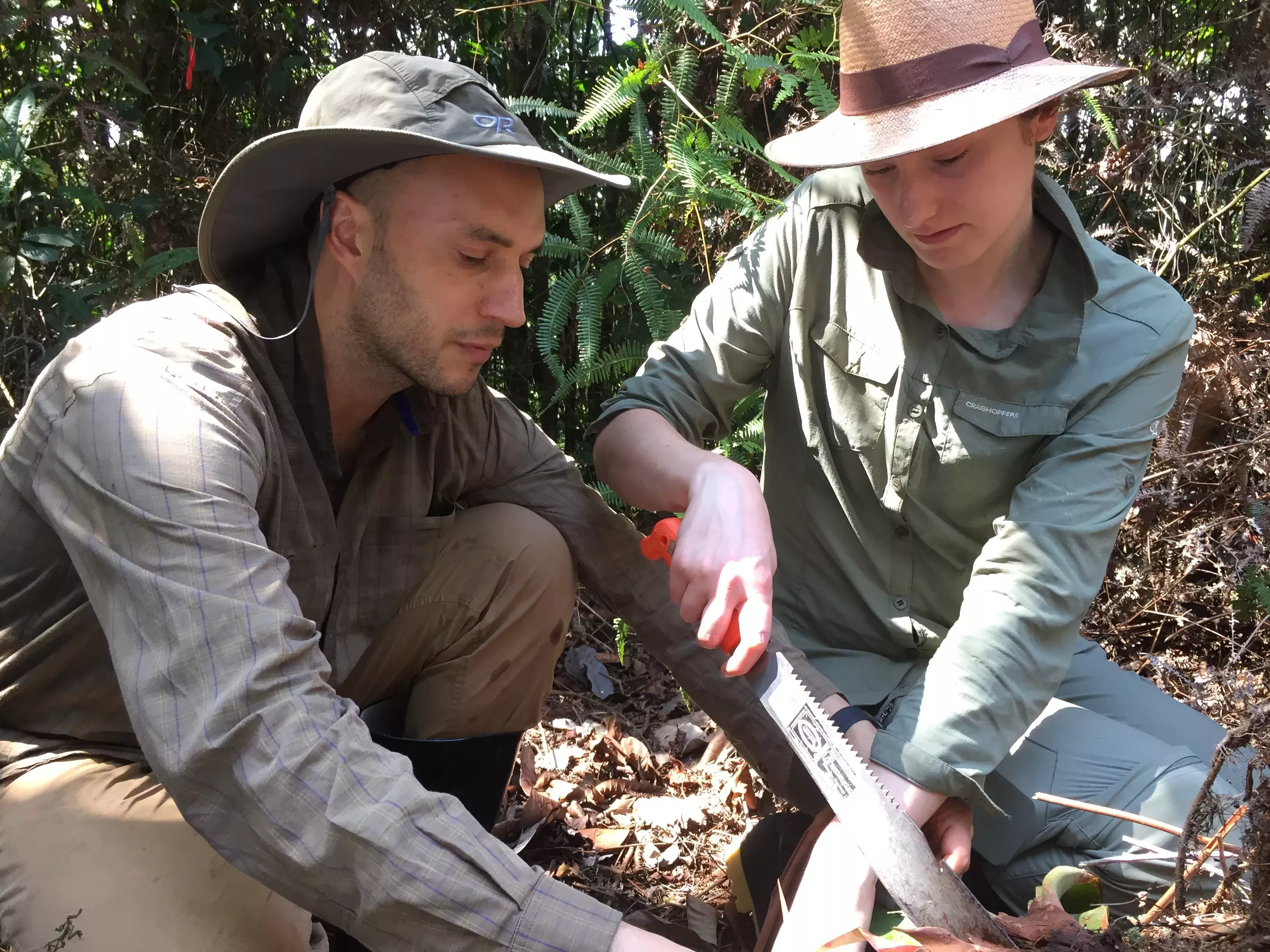
Walking with Kew
This year, Ana Yudith guided a small group of scientists from RBG Kew and Colombia’s Humboldt Institute through the Cerro Morrocoy around her home to identify species of plants and learn about their uses.
They stepped into a very dense green treasure chest.
At almost every metre, botanists were astounded by the species they could collect.
Ana, conversely, saw plenty of things she could identify easily as having a use locally.
Among the different plants and uses, she taught us about the inflorescence of the “mámira”(Cyclanthus bipartitus Poit. ex A. Rich.) which is consumed locally, either fresh or cooked, as a source of food.
Scientists from our partners, the Instituto Alexander von Humboldt collected seeds for storage in the seed bank in Villa de Leyva, which has been established with the support from Kew’s scientists and as part of the Millennium Seed Bank Partnership.
Kew’s own botanists Mauricio Diazgranados, Tiziana Ulian and Alex Baribeau, together with the local botanist Andrés Felipe Bohórquez O., collected plant material and herborised over 150 samples, including more than ten orchids and two likely new species.
The forest was alive with the sounds of insects and birds living amongst the trees and plants, together with bears and jaguars, whose claw marks were the only evidence that they were there.
The threat of snake bites was never far from the rubber boots of the team as they scrambled through the undergrowth to parts of the hillside never previously visited.
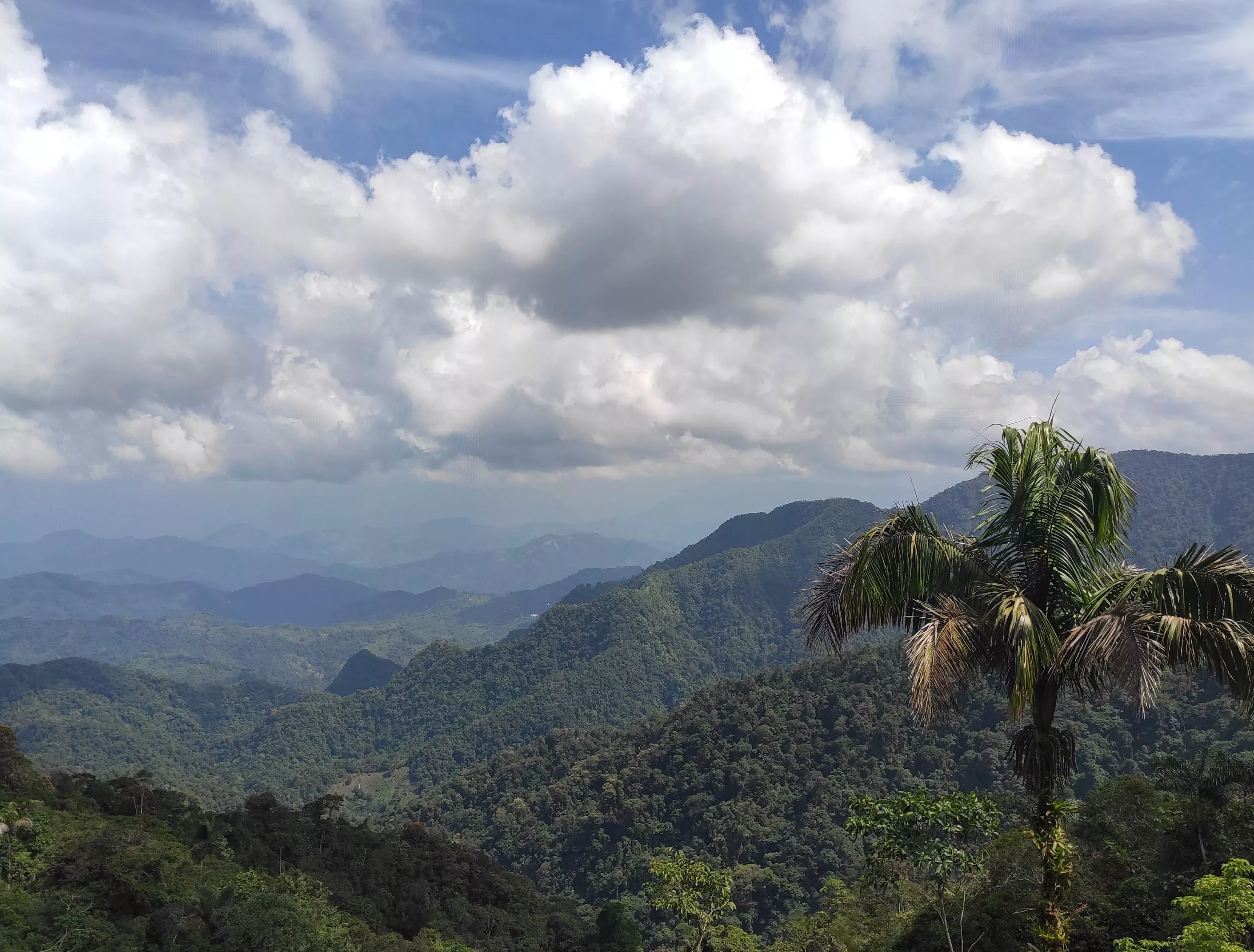
The world’s future tourist guides
A few days later, Yudith joined workshops for future tourist guides; the first to ever be held in that area.
Our scientists RBG Kew invited local community organisations such as BoyaPaz, a peace-building group that encourages local people to look at the opportunities that the natural world around them can offer.
By acting as its guardians, conserving and understanding it, the new guides hope that they will attract visitors and provide them with knowledge about the plant diversity and plant uses in the area.
This is to generate an income to rival that of other more destructive pressures that they face such as deforestation practices.
As a result, over 70 participants documented as many plants with known uses that were wild and local so that our experts could compile them into a book for use by the eco-tourism guides.
As the sun set on the day, the leader of the NGO reminded everyone:
“You are the guardians of this land. You should be so proud of what you have here, nobody else on earth has this unique set of species, nobody knows as much about it as you. Take this opportunity to start a new chapter and help us look after this earth.”
It’s a race against time in Colombia, but with people like Ana Yudith, and with the support of science, business and government, there is a new chapter starting.
This project is part of ‘ Promoting forest protection and peace-building through community-based ecotourism in biodiversity hotspots of Colombia (QUINCHAS)’ which Kew is delivering with the NGO E3 in Colombia funded under UK PACT by BEIS.
